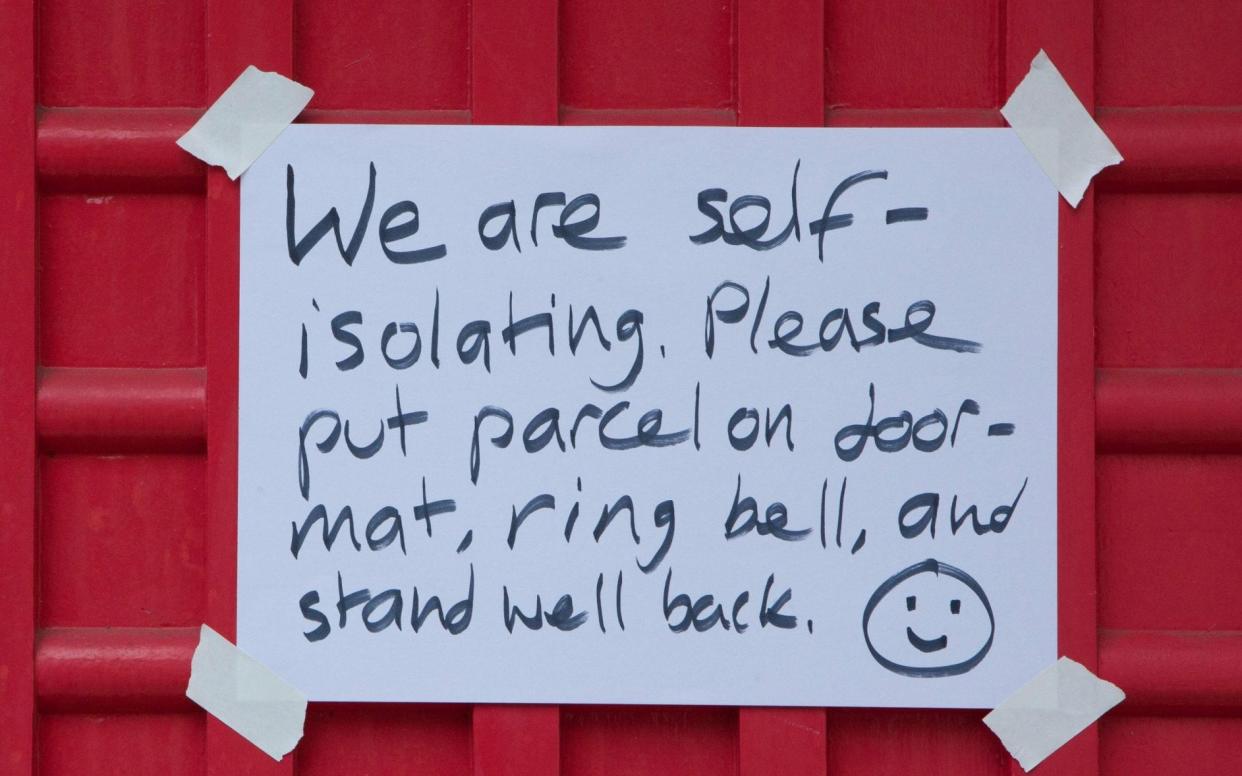Covid test and trace revolt as growing number refuse to hand over contacts’ details

Rising numbers of people testing positive for Covid-19 are refusing to hand over details of close contacts, as the numbers forced to self-isolate reached a record high.
Official statistics show almost one quarter of people who tested positive for Covid-19 in the week ending July 21 would not provide details of any recent close contacts.
In total, 76.9 per cent of such cases provided such details – with compliance falling by almost 10 per cent in the past month.
Latest weekly figures for England show almost 1.3 million isolation orders sent out by app or NHS Test and Trace, the highest on record.
The figures show 678,102 people pinged by the app in the week ending July 21, up 11 per cent from the previous week. It is the third consecutive week that more than half a million people have been told to self-isolate by the app.
Separate figures show 597,260 people were identified as close contacts of a positive case by NHS Test and Trace, a 25 per cent jump in one week.
The statistics show that in total, 307,758 people tested positive for coronavirus, an 18 per cent rise in a week, and the highest number since mid January.
The report also suggests that those contacted by call handlers may be increasingly reluctant to respond to calls, or to hand over details of their contacts.
The proportion of people who tested positive for Covid-19 but who were not reached by the system rose to 14.8 per cent, the highest proportion since October 2020. The category covers those who do not respond to efforts by NHS Test and Trace to contact them.
Anyone who tests positives for Covid-19 is asked to provide details of close contacts seen in the 48 hours before symptoms developed.
However, the statistics suggest increasing reluctance over the matter, with the percentage agreeing to hand over details of at least one contact now down to 76.9 per cent, a drop from 78.9 per cent the previous week, and from 85.1 per cent four weeks ago.
While there is a legal duty in England for people to self-isolate if they test positive or are contacted by NHS Test and Trace, this does not extend to notifications via the app, although the Government strongly advises people to do so.
The figures show the number of PCR tests completed continues to rise, with 1.9 million tests carried out, compared with 1.75 million the previous week. However, the number of lateral flow tests conducted dropped slightly, from 4.86 million to 4.6 million.
It came as data from the Office for National Statistics (ONS) found a sharp fall in the percentage of young adults complying with self-isolation orders, with one in four under-34s failing to comply after testing positive.
The survey shows 75 per cent of respondents aged between 18 and 34 reported fully adhering to isolation requirements if they tested positive for Covid-19. When the same question was asked in May some 88 per cent said they were complying with self-isolation rules.
Across all age groups, adherence fell from 86 per cent in May to 79 per cent in early July.
New data also reveal there is no difference between amber and red countries when it comes to the proportion of positive Covid-19 cases being picked up by testing on arrival.
Separate statistics, also released by NHS Test and Trace, show that 1.2 per cent of people arriving in England from amber or red countries are testing positive for Covid-19 two days after arrival.
When later tests were taken, at eight days, a higher proportion of positive cases was found from those who had come from amber countries, with 0.8 per cent testing positive, compared with 0.6 per cent from red countries.
However, with heavy restrictions against travel from red countries – which is only allowed for British nationals, and those with residence rights – the total number of positive tests from amber countries was higher.
The figures for the week ending July 21 show that for amber arrivals, there were 899 testing positive on day two, 475 on day eight, and 155 at the point they took “test to release” checks.
For arrivals from red-listed countries, 98 tests on day two were positive, as were 41 on day eight.

 Yahoo News
Yahoo News 